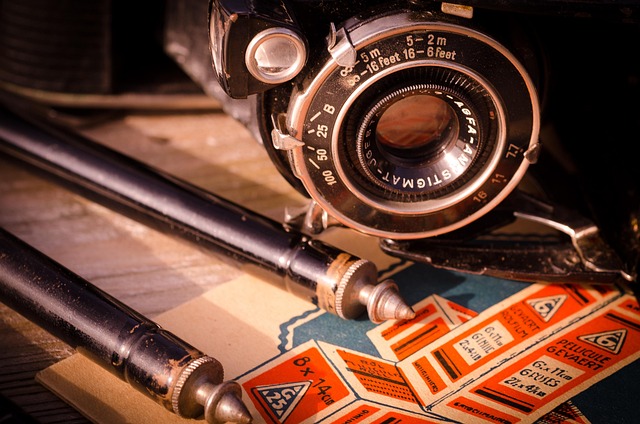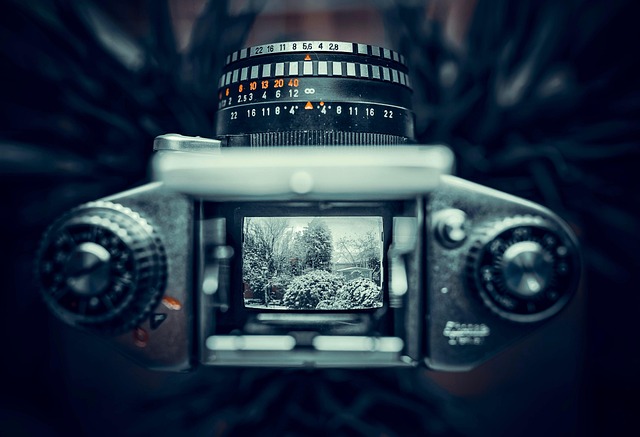
Film editors wield immense creative power behind the scenes, transforming raw footage into captivating narratives through precise cutting, sound design management, and pacing adjustments. Mastering basic editing skills is crucial for film success, with techniques like simple cuts, transitions, and audio synchronization. Rhythm and pacing, controlled through cutting frequency and shot length, evoke specific emotional responses in various genres. Advanced editing, including visual effects and color grading, orchestrates visuals and sound to elevate the cinematic experience, making film editing a key factor in box office success.
“Unleash the magic of cinema: Explore the art of film editing techniques. From Understanding the Role of Film Editors as storytellers behind the scenes to mastering Basic Editing Skills with essential tools, this guide delves into rhythm and pacing, visual storytelling, advanced narratives, and more. Discover how Rhythm and Pacing shape viewer experience, and unlock the power of Storytelling through Visuals and Transitions. Additionally, delve into advanced techniques for intricate stories and the Art of Sound and Color Grading to create a cinematic masterpiece. Elevate your film knowledge today.”
- Understanding the Role of Film Editors
- Basic Editing Skills and Tools
- Rhythm and Pacing in Film Editing
- Storytelling through Visuals and Transitions
- Advanced Techniques for Complex Narratives
- The Art of Sound and Color Grading
Understanding the Role of Film Editors

Film editors play a pivotal role behind the scenes, shaping the narrative and emotional impact of a film. They are the architects of rhythm and tension in cinema, responsible for selecting and arranging raw footage to create a seamless final product. Editing is an art that involves much more than simply cutting clips; it’s about enhancing the story, evoking emotions, and guiding the audience’s experience. Editors must possess a keen eye for detail, a deep understanding of cinematic metaphors, and the ability to interpret the director’s vision while adding their creative flair.
The process involves a delicate balance between maintaining the integrity of the original content and transforming it into a compelling visual journey. Whether working on indie films or mainstream blockbusters, editors use various cutting techniques to pace the narrative, build anticipation, and resolve conflicts. By carefully managing transitions, sound design, and pacing, they can transform raw footage into a captivating cinematic experience. So, next time you’re immersed in a film, take a moment to appreciate the invisible magic of editing that makes the story come alive on screen—a skill that sets the art apart from mere fan theories and showcases its unique creative power. Visit us at award seasons anytime to explore more about these masterful techniques.
Basic Editing Skills and Tools
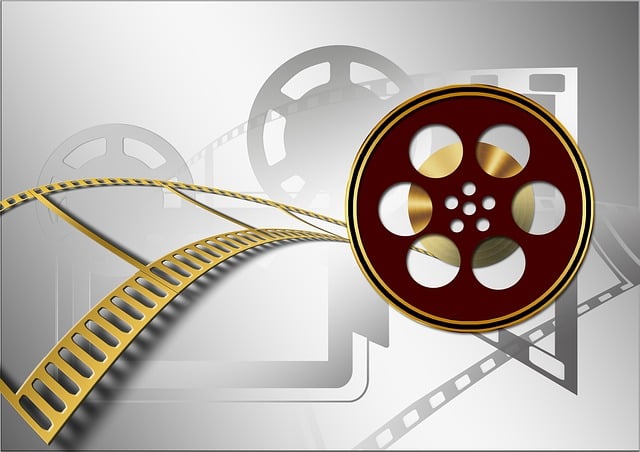
In the realm of film editing, mastering basic skills and understanding fundamental tools is akin to having a map in an unexplored landscape. It’s where the art of storytelling begins, transforming raw footage into a seamless narrative. The foundation lies in learning how to import and organize clips, utilizing software-specific interfaces designed for efficient navigation. Basic editing techniques include simple cuts, transitions, and audio synchronization—essential elements for crafting a cohesive film.
Understanding the pace and flow of a scene is crucial. Editors use various tools to trim unwanted footage, maintain rhythm, and enhance visual impact. From basic functions comes the ability to create complex compositions, layer special effects, and integrate sound design. As you explore these skills, consider the diverse career paths in editing, from working on independent films to online content creation via popular film festivals. Remember that practice is key; it’s a continuous learning process, and with time, you’ll find your unique style, whether crafting documentary narratives or shaping captivating commercials. Online resources and tutorials can be great allies in this journey, even guiding aspiring editors on the path to discovering their creative voices—much like finding us at actor performance in the vibrant world of film.
Rhythm and Pacing in Film Editing
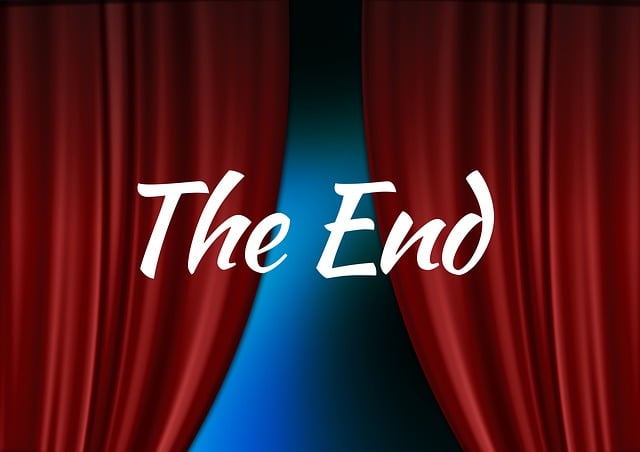
In film editing, rhythm and pacing play a crucial role in shaping the viewer’s experience. Editors achieve this by manipulating the tempo and flow of footage, much like a conductor directing an orchestra. Techniques such as cutting frequency, shot length, and transitions determine how fast or slow the narrative progresses, influencing the audience’s emotional engagement. A well-paced film can build tension, create a sense of urgency, or evoke calmness, depending on the desired effect.
Different movie genres employ these techniques variably. Action films, for instance, often use rapid editing to enhance high-octane sequences and keep viewers on the edge of their seats. Conversely, dramas might employ slower pacing to build drama and allow for emotional absorption. Understanding rhythm and pacing is essential for indie cinema creators looking to stand out in the global box office records or for those interested in film distribution channels. Visit us at publishing in cinema film studies books anytime to explore more on these captivating aspects of filmmaking.
Storytelling through Visuals and Transitions
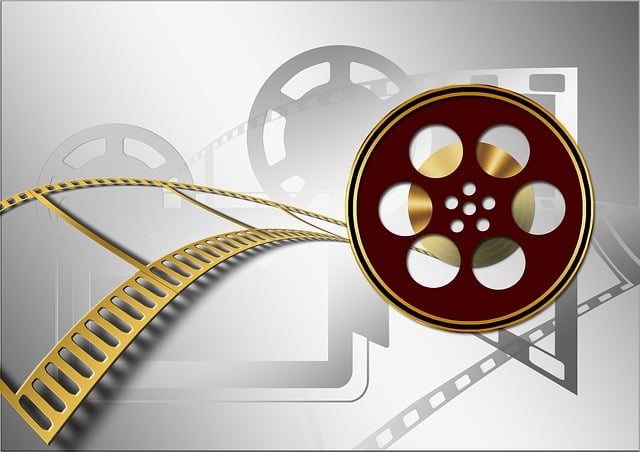
In the realm of film, storytelling is not just about dialogue and narrative; it’s also a visual art. Editing plays a pivotal role in shaping the audience’s experience by orchestrating visuals and moments into a cohesive narrative flow. Through strategic cutting, pacing, and sequencing, filmmakers can evoke emotions, build tension, or provide comic relief. Visuals, when combined with careful transitions, become the film’s language, enabling it to convey complex ideas and stories without relying heavily on words. This art form involves much more than just assembling footage; it’s about crafting a visual symphony that resonates with viewers.
Transitions, as a critical theory in film editing, serve as the silent conductors between scenes or shots. They can be subtle or dramatic, depending on the narrative demands and aesthetic goals. From simple cuts to creative effects like dissolves or wipes, transitions help maintain the audience’s engagement and provide visual cues about time, space, or emotional shifts. In recent times, with the rise of remakes and reboots, editors have the additional challenge of reimagining classic stories while staying true to their essence. Lighting in film also plays a significant role, enhancing visuals and dictating the mood, whether it’s the dramatic shadows of noir or the radiant lighting in a romantic comedy. To explore more about these techniques, visit us at cinematic techniques anytime.
Advanced Techniques for Complex Narratives

In the realm of film as an art form, advanced editing techniques play a pivotal role in bringing complex narratives to life. Editors employ intricate methods to seamlessly weave together diverse elements—from visual effects tools and sound design fundamentals to innovative camera angles. These techniques not only enhance storytelling but also create a visually captivating experience for audiences.
By utilizing cutting-edge software and a keen eye for detail, filmmakers can manipulate time, space, and perception. They orchestrate transitions, sync audio with precision, and layer special effects to transport viewers into the story. This meticulous process ensures that each scene contributes to the overall narrative arc, making film editing an indispensable component of box office success.
The Art of Sound and Color Grading
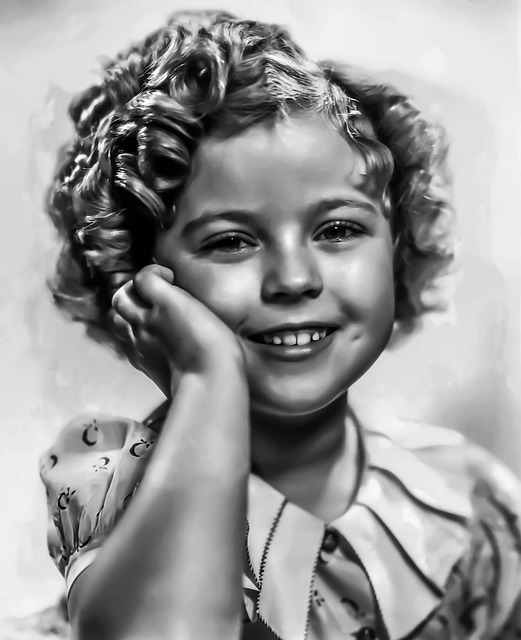
In the art of filmmaking, sound and color grading are more than just technical aspects—they’re powerful tools that can transform a mundane sequence into an engaging cinematic experience. Sound design, from ambient noise to dialogue and music, plays a pivotal role in setting the tone and atmosphere of a film. It guides viewers’ emotions and helps convey narrative nuances that might otherwise be missed. For instance, a subtle background hum can create tension or a serene melody can evoke nostalgia, all without a single word spoken.
Color grading, on the other hand, is the process of manipulating and enhancing the color values in footage to achieve a specific aesthetic. This technique significantly influences how the film is perceived, whether it’s evoking a sense of warmth, cold, or even emotional distress. Skilled editors can use color to enhance visual storytelling, complementing the director’s vision and amplifying the actor’s performance. By carefully adjusting hues, saturation, and contrast, they can capture the essence of a scene and ensure the film resonates with its intended audience, be it for mainstream appeal or scholarly opportunities in film history, visiting us anytime at Screenwriting Principles.
Film editing is an art that transforms raw footage into a compelling narrative. Through various techniques, from understanding rhythm and pacing to mastering sound and color grading, film editors weave together visuals to create a seamless story. By leveraging basic editing skills and advanced techniques, they shape the audience’s experience, ensuring the film resonates long after the credits roll.
